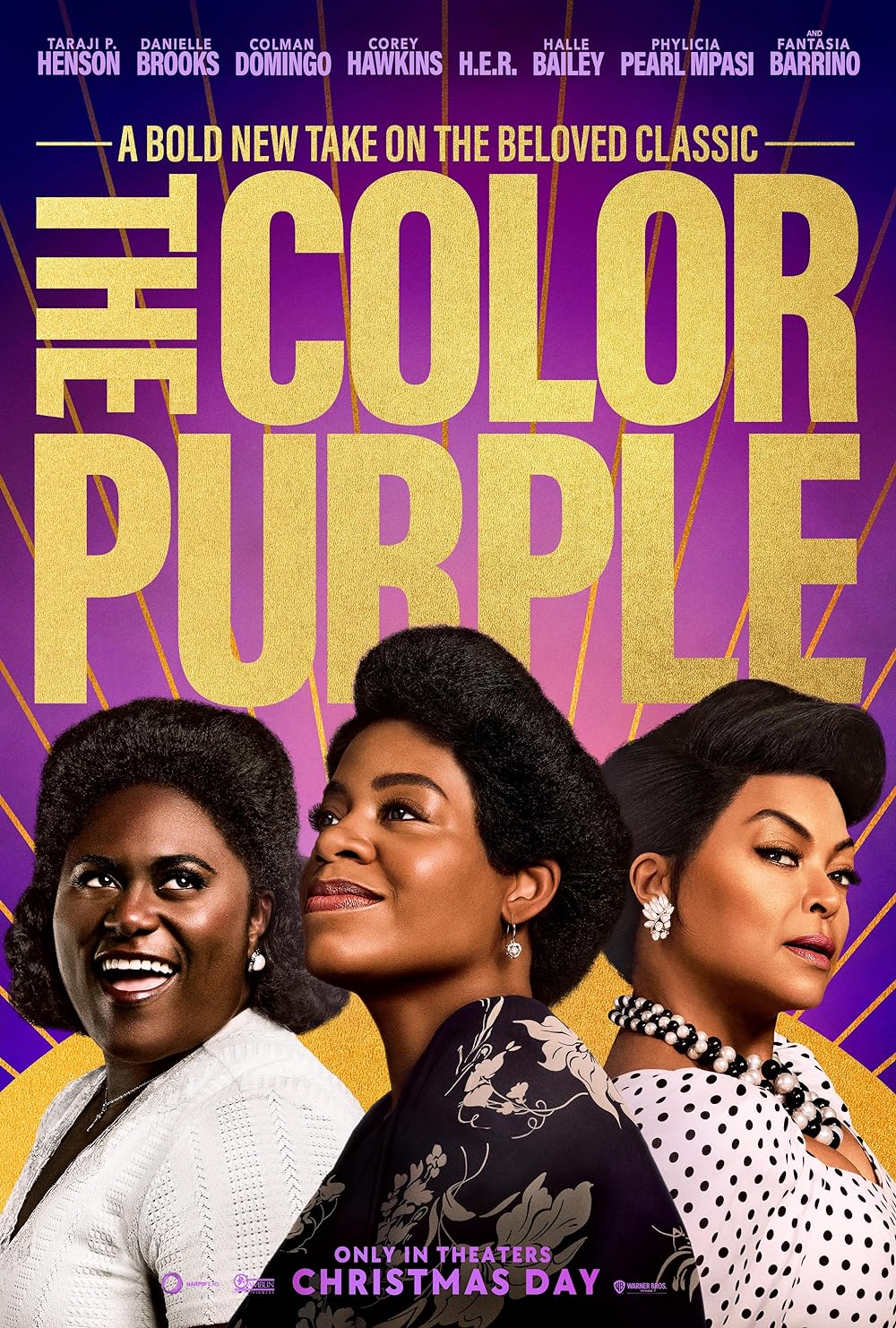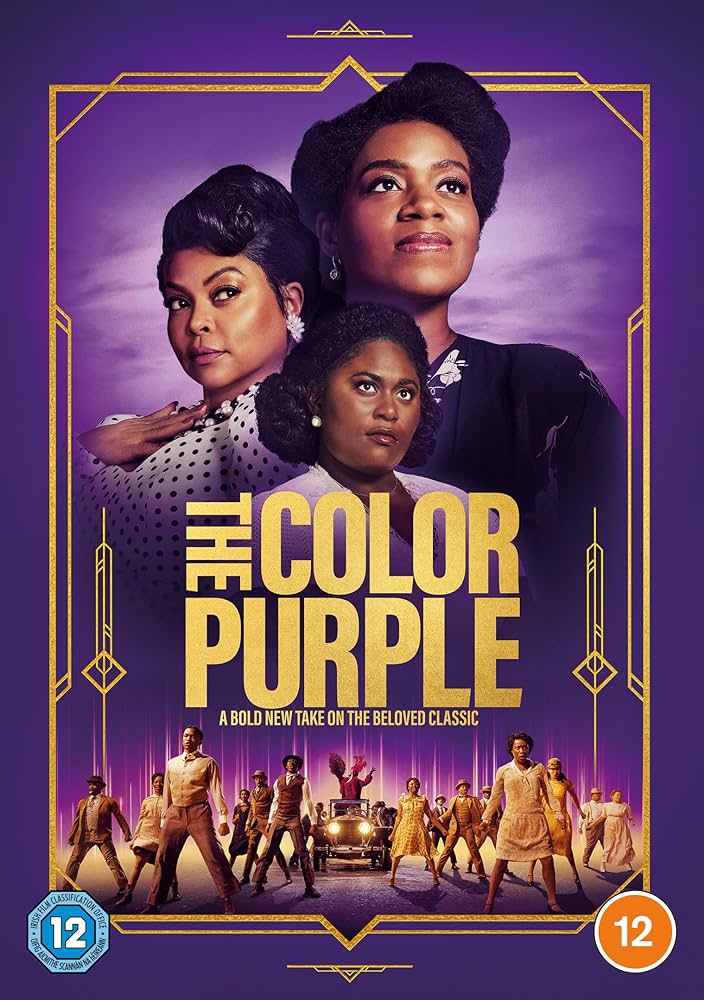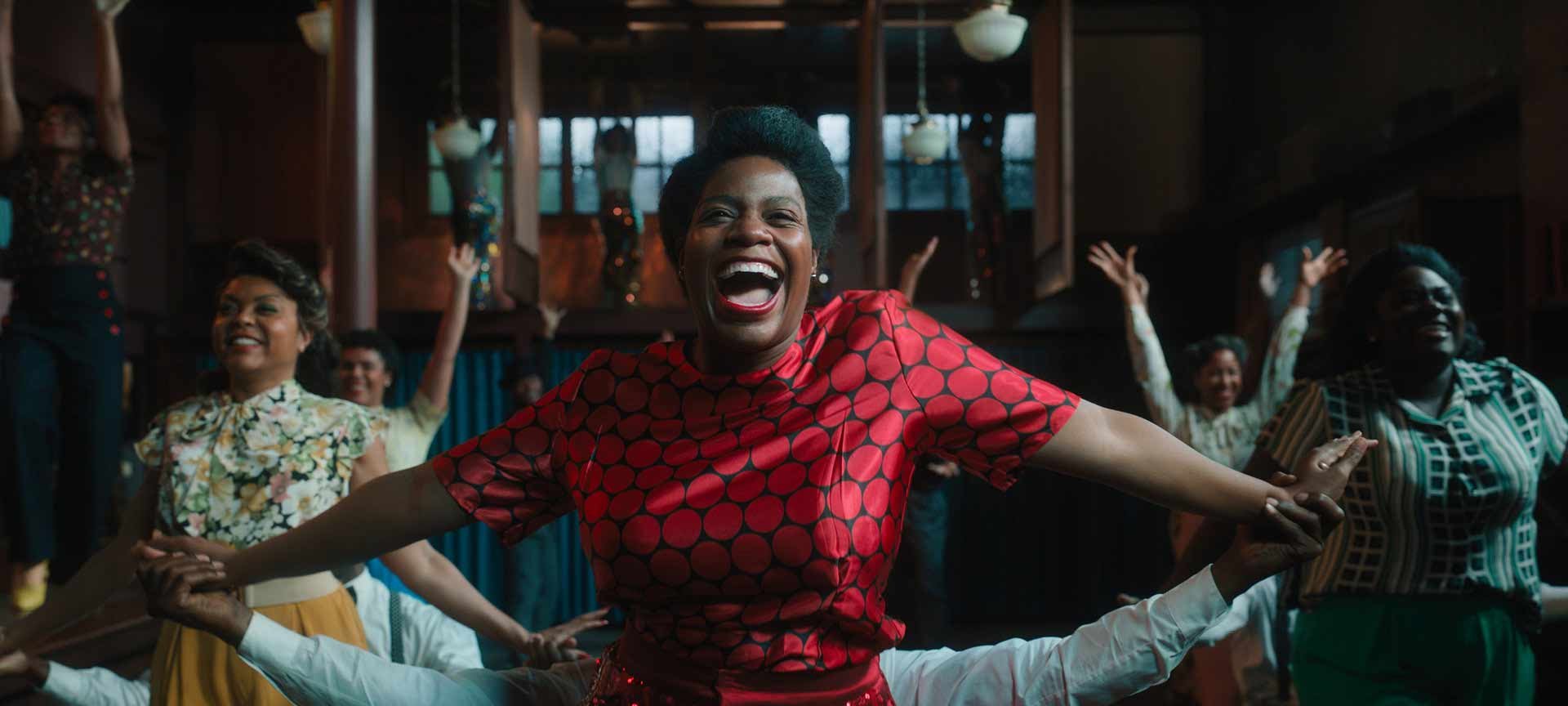Alice Walker’s novel, The Color Purple, is a powerful story highlighting the importance of self-worth, perspective, and heritage, especially for those who have been made to feel worthless. Through the expression of song, the character Celie discovers her true voice and identity. The 2023 musical story is set in rural Georgia during the early 20th century, portraying life in farmhouses, churches, and small towns. Unlike typical pop musicals, The Color Purple draws inspiration from gospel, jazz, big band, and blues music traditions.
Unlike typical pop musicals, The Color Purple draws inspiration from gospel, jazz, big band, and blues music traditions.
Fantasia Barrino, known for her soulful voice rather than pop music, makes her debut on the big screen as Celie. Interestingly, she had the opportunity to play Effie White in Dreamgirls after winning American Idol, a role that eventually went to Jennifer Hudson, deservedly so. However, Barrino waited for years to take on the role of Celie, a decision that aligns with the musical’s emphasis on authenticity and tradition.
A premise we have all loved and cherished with a splash of emotions
The Color Purple tells the story of two sisters living in Georgia during the early 20th century. Celie and Nettie are separated when they are teenagers because of the cruelty of men. Celie, who is mistreated by her father, is forced into marriage with Mister, a violent and lustful man. Meanwhile, Nettie escapes the advances of these men and becomes a teacher in Africa. However, their written letters to each other are intercepted by Celie’s abusive husband.
As Celie grows older, she finds hope and strength from two remarkable women in her life. Sofia, her step daughter-in-law, is a bold and confident woman who stands up for herself against anyone who tries to oppress her. Then there’s Shug Avery, a captivating blues singer, who teaches Celie about the importance of finding joy and pleasure in life.
With the guidance of Sofia and Shug, Celie begins to see a brighter future for herself. Their lessons empower her to believe in herself and to break free from the chains of abuse. This newfound strength also paves the way for Nettie’s eventual return, as Celie opens the door to reconciliation and reunion with her beloved sister. Through the support and wisdom of these women, Celie embarks on a journey of self-discovery and liberation, finding the courage to shape her own destiny.
‘You black, you poor, you ugly, you a woman’: racial and gender struggle in The Color Purple
In The Color Purple, Celie faces a multitude of challenges due to her identity as a poor, black and unattractive woman. Her husband, Mister, reinforces society’s prejudices by constantly belittling her, reminding her of her perceived worthlessness. This intersectional oppression, where patriarchy intersects with racism, weighs heavily on Celie’s spirit, echoing the broader struggles of African American women during the early 20th century.
The film predominantly focuses on African American characters, shedding light on their experiences and struggles within a racially segregated society.
The film predominantly focuses on African American characters, shedding light on their experiences and struggles within a racially segregated society. While there are brief encounters with white characters, such as the mayor’s wife and a banker, the narrative primarily revolves around the lives of Celie and her community. These interactions underscore the pervasive nature of racism and the systemic barriers faced by people of colour in America.
One striking scene involves Celie advising her stepson, Harpo, to physically discipline his wife, Sofia, for her perceived disobedience. This moment highlights the internalisation of patriarchal values within the African American community, where women are conditioned to accept and even perpetuate their own oppression. However, Sofia defies societal expectations with her fierce independence and refusal to tolerate disrespect. Her character serves as a beacon of strength and resilience, challenging traditional gender roles and inspiring Celie to reclaim her agency.
Sofia’s assertiveness stands in stark contrast to Celie’s submissive demeanor, representing two different responses to oppression. While Celie internalises her pain and struggles to assert herself, Sofia confronts injustice head-on, refusing to be silenced or marginalised. Through Sofia’s friendship and mentorship, Celie begins to recognise her own worth and find the courage to challenge the status quo.
Things shift a little with the introduction of Shug Avery, a charismatic blues singer and former lover of Mister, further catalyses Celie’s journey towards self-discovery and empowerment. Shug’s uninhibited sexuality and confidence challenge Celie’s repressive upbringing, awakening her desire for love and freedom. Shug serves as a catalyst for Celie’s sexual awakening, unlocking a dimension of her identity that had long been suppressed.
Despite the abundance of trauma depicted, the film refrains from exploiting or sensationalising suffering for the sake of entertainment.
Despite the abundance of trauma depicted, the film refrains from exploiting or sensationalising suffering for the sake of entertainment. Director Bazawule approaches the narrative with sensitivity, acknowledging the characters’ pain while emphasising themes of resilience and redemption. Rather than seeking vengeance against Mister, The Color Purple‘s final act focuses on his journey towards redemption, paralleling Celie’s own path towards self-actualisation. What the film offers is a poignant exploration of identity, oppression, and resilience within the African American community. Through its nuanced portrayal of complex characters and intersecting forms of discrimination, The Color Purple celebrates the strength and resilience of marginalised individuals while offering a message of hope and redemption in the face of adversity.
Acting and singing chops: met, sung and slayed!
Fantasia Barrino’s deep-rooted R&B style fits perfectly with her role, reflecting the patience it took for both her and Celie to find their true selves. While Barrino previously portrayed the character on Broadway, the timing feels right now, and the entire ensemble, including the legendary Whoopi Goldberg, who originated the role on-screen, seems to have aligned around this choice.
The craftsmanship is remarkable, but what truly elevates The Color Purple are the standout performances. The cast assembled by Bazawule is simply breathtaking. Colman Domingo embodies the terrifying presence of Mister, while Corey Hawkins impresses with his versatility as Harpo, Mister’s son, and Sofia’s love interest. Taraji P. Henson ignites the screen as Shug (the woman sure can sing), and in her film debut, Fantasia Barrino delivers a mesmerising portrayal of Celie, anchoring the emotional core of the story across decades.
Yet, it’s Danielle Brooks who steals the spotlight with her dynamic portrayal of Sofia. With her sharp wit and unwavering spirit, Brooks infuses the character with fire and resilience, navigating a tumultuous journey with grace. We remember her from her warm and heart wrenching performance as Tasty in Orange is the New Black on Netflix. Her rendition of ‘Hell No’ is a show-stopping moment, and Brooks captivates audiences with every scene she graces.
Thoughts on the comparisons to the 1985 film The Color Purple
Despite receiving 11 Academy Award nominations, the 1985 version of The Color Purple didn’t win any. Some people argue that Steven Spielberg, the director, may not have been the most appropriate choice to tell this story. We can certainly appreciate how Spielberg, coming from a different background, managed to capture various elements of black culture, such as music, spirituality, and the emotional arcs of the characters.
Despite receiving 11 Academy Award nominations, the 1985 version of The Color Purple didn’t win any.
Now, nearly four decades later, a new and energising adaptation of the story has emerged, helmed by director Blitz Bazawule, known for his work with Beyoncé on Black Is King. Rather than disregarding the previous film, Bazawule embraces it and expands upon it. He collaborates with Spielberg, Quincy Jones, and Oprah Winfrey, all from the previous adaptation serving as producers, to modernise the material for a new audience. The significant change in this adaptation is the incorporation of songs from the Broadway musical, adding depth and richness to the narrative.
Adapting a book into a film and then into a musical inevitably involves transformations along the way. This updated version of The Color Purple is no exception. While certain aspects may differ, the core elements remain unchanged: the raw emotions, the authenticity of the characters, and the enduring power of the story’s message. Despite addressing heavy subject matter, the journey the film takes you on will inspire you to cheer for the characters time and again.
In Spielberg’s rendition of The Color Purple, although the film was visually stunning and emotionally resonant, some critics felt that it lacked a certain depth and understanding of the black experience. However, Spielberg’s effort in bringing Alice Walker’s Pulitzer Prize-winning novel to the screen was commendable, considering the challenges of adapting such complex material. Fast forward to today, and Blitz Bazawule takes the helm of the new adaptation, bringing a fresh perspective and energy to the story. Collaborating with luminaries such as Spielberg, Quincy Jones, and Oprah Winfrey, Bazawule infuses the film with authenticity and reverence for the source material while also introducing innovative elements, such as incorporating songs from the Broadway musical.
Ultimately, what remains unchanged is the heart and soul of The Color Purple – a timeless tale of resilience, redemption, and the enduring power of hope in the face of adversity. As audiences embark on this journey once again, they will be reminded of the importance of standing up for what is right and finding strength in the bonds of community and love. The addition of musical numbers adds a layer of emotional depth and resonance to the story, allowing the characters to express themselves in ways that transcend their harsh reality. While some purists may argue that this departure from the original text alters the film’s essence, others see it as an evolution of the story, bringing it to life in a new and vibrant way.
About the author(s)
Harshi is a writer and LGBTQ+ rights activist. She is also a self-identified singer. Her preferred pronouns are she/they and she identifies as a Non Binary Transwomxn. Raised to be someone who should just accept the norm , she has spent the last decade reading and writing about eccentric people and their experiences around her. Harshi has completed B.A.(HONS.) English from the University of Delhi and M.A. in English from Amity University. She cautions anyone who is thinking of doing the same. She thinks she is a realist, she still hopes to see some good change in the history of Human Rights in her country with a little contribution from her writing and activism. You can find her on Instagram- iamharshib.









